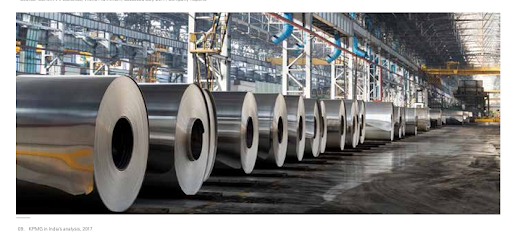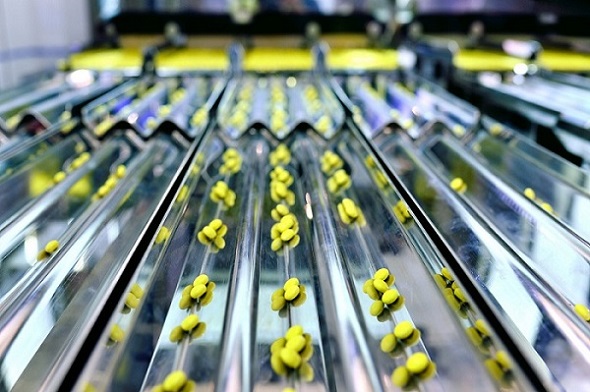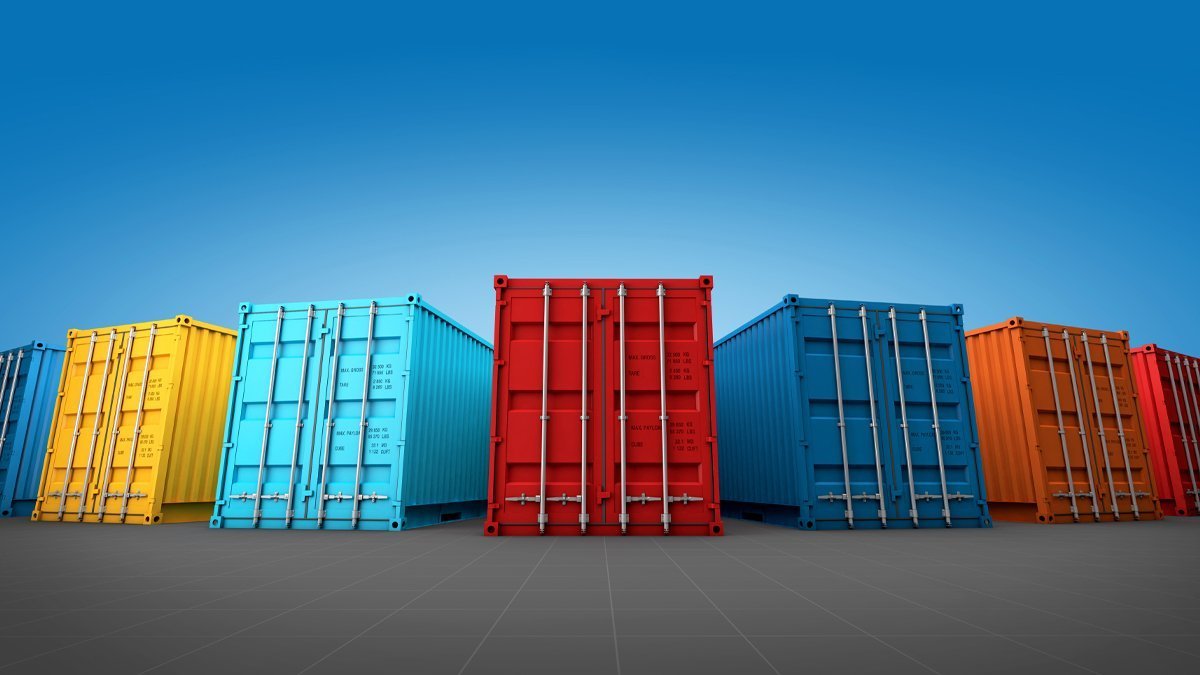The Spine of a Superpower: How Non-Ferrous Metals are Fueling India's $5 Trillion Economy Goal

Strong 8k brings an ultra-HD IPTV experience to your living room and your pocket.
In the global economic arena, India has set forth an audacious goal: to transform its economy to a staggering $5 trillion valuation. This ambitious target has become a cornerstone of national policy, a symbol of the country's aspirations to emerge as a true global powerhouse. While the narrative is often dominated by the meteoric rise of the technology and services sectors, a quieter, more foundational revolution is taking place. This revolution is happening in the nation's factories, foundries, and industrial corridors, and it is being built, quite literally, with non-ferrous metals.
The journey to a $5 trillion economy is not merely a financial objective; it is a complex mission of industrialization, modernization, and strategic self-reliance. It requires the creation of world-class infrastructure, the establishment of a globally competitive manufacturing base, and the fortification of national defence capabilities. At the heart of each of these pillars lies a critical dependency on a reliable, high-quality supply of materials like aluminum, copper, zinc, nickel, and tin. This article explores this symbiotic relationship, delving into the core sectors driving this metallic demand, the strategic supply chain challenges that must be overcome, and the path forward for India to truly forge its economic destiny.
The Core Industries Driving Unprecedented Demand
The thirst for non-ferrous metals is not abstract; it is a direct consequence of tangible, large-scale national projects that are reshaping the physical and economic landscape of India. The growth of the Indian metal industry is, therefore, a direct indicator of the nation's progress.
Infrastructure: Building the Arteries of New India
The Indian government's National Infrastructure Pipeline (NIP) is one of the most ambitious infrastructure development India has ever seen, with a projected investment of over $1.4 trillion. This is not just about building more roads and bridges; it's about creating smarter, more resilient, and more efficient systems.
Aluminum is at the forefront of this wave. Its exceptional strength-to-weight ratio makes it the material of choice for modern architectural facades, long-span bridge decks, and high-speed rail coaches. By reducing the dead weight of structures, aluminum allows for more innovative designs and faster construction times.
Zinc plays a different, yet equally vital, role as the guardian of steel. Through the process of galvanization, a layer of zinc is applied to steel structures, protecting them from corrosion for decades. In a country with diverse and often harsh climatic conditions, this dramatically extends the lifespan of critical infrastructure, drastically reducing long-term maintenance costs.
Copper, with its unparalleled electrical conductivity, forms the nervous system of this new infrastructure. From the complex wiring within smart city command centres to the heavy-duty cables in industrial corridors and EV charging stations, copper is essential for powering India's growth.
"Make in India" for Defence & Aerospace: Forging Self-Reliance
A nation's strength is measured not just by its economy, but by its ability to defend itself. The "Make in India" initiative in the defence and aerospace sector is a strategic imperative to reduce import dependency and build sovereign capability. This ambition is intrinsically linked to the availability of non-ferrous metals in India.
Modern defence hardware demands materials that can perform under the most extreme conditions. This is where specialty alloys come into play. Nickel-based superalloys, for instance, are critical for jet engine turbine blades that must maintain structural integrity at scorching temperatures. Titanium alloys, prized for their immense strength and low weight, are indispensable for the airframes of advanced fighter jets and naval warships. Developing a robust domestic supply chain for these strategic metals reduces vulnerability to international sanctions or disruptions.
India's Ambition as an Electronics Super-Hub
The Production-Linked Incentive (PLI) scheme has catalyzed India's transformation into a global hub for electronics manufacturing. As factories churn out millions of smartphones and other smart devices, their demand for a specific set of metals has exploded, giving a massive boost to industrial manufacturing.
The microscopic world of a printed circuit board (PCB) is a testament to the importance of these materials. Tin is the primary component of lead-free solder, forming the billions of reliable electrical connections that make modern electronics function. High-purity copper is etched into intricate pathways that act as the circuit's wiring. Meanwhile, the lithium-ion batteries that power every portable device rely on nickel and cobalt in their cathodes to store and deliver energy efficiently.
The Strategic Challenge: Navigating a Complex Global Supply Chain
While the demand is undeniable, the path to securing these essential metals is fraught with complexity. Indian manufacturers face significant supply chain challenges that must be strategically managed.
The LME Effect and Managing Global Price Volatility
The London Metal Exchange (LME) serves as the world's central marketplace for industrial metals, establishing global price benchmarks. This means that events occurring thousands of miles away can have an immediate and direct impact on an Indian manufacturer's bottom line. A mining strike in Chile or a policy change in China can cause prices to spike overnight, throwing financial projections into disarray. For businesses operating on thin margins, this volatility is a significant threat.
The Domestic Logistics Hurdle: From Port to Plant Floor
Even after a shipment of metal arrives at an Indian port, its journey is far from over. The "last-mile" logistics of transporting heavy, high-value materials to inland industrial hubs remains a significant challenge. This involves navigating port congestion, road and rail connectivity issues, and a shortage of modern warehousing. These inefficiencies add costs, increase lead times, and introduce another layer of risk into the supply chain.
Forging a Resilient National Metal Strategy
Overcoming these challenges requires a paradigm shift—a move away from traditional, cost-based procurement towards a more holistic and strategic approach to sourcing.
The Shift from Procurement to Strategic Sourcing
In this new environment, choosing a supplier based solely on the lowest price is a recipe for disaster. Strategic sourcing involves developing long-term partnerships with suppliers who offer more than just a commodity. It prioritizes reliability, quality assurance, market intelligence, and risk management. A strategic partner acts as an extension of the manufacturer's own team, providing insights into market trends and helping them navigate price volatility.
The Pivotal Role of the Modern Indian Supplier
This is where the new generation of the Indian metal industry plays a pivotal role. A company like Trijith International, for instance, operates beyond the scope of simple trading. By maintaining a diverse portfolio of metals sourced from multiple global partners, actively managing inventory, and operating a robust logistics network, they function as a crucial buffer for their clients. They absorb the shocks of the global market and handle the complexities of domestic logistics, ensuring that manufacturers receive a steady, predictable supply of certified, high-quality materials. This allows manufacturers to do what they do best: innovate, build, and contribute to India's $5 trillion economy goal, confident that their supply chain is secure.
Conclusion: The Unbreakable Link Between Metal and Might
The $5 trillion economy is not a distant dream; it is a complex machine that is being assembled piece by piece. While services and technology may be its glamorous interface, the non-ferrous metals industry provides its unyielding spine, its conductive nervous system, and its protective armor. The relationship is unbreakable: the economy cannot grow without these metals, and the demand for these metals is a direct reflection of the economy's strength. For India to realize its full potential, it must master this industrial ecosystem. Businesses that recognize this fundamental truth and build resilient, strategic partnerships to secure their supply chains will not only thrive—they will be the very engines that power India's journey to becoming a true economic superpower.
Note: IndiBlogHub features both user-submitted and editorial content. We do not verify third-party contributions. Read our Disclaimer and Privacy Policyfor details.







